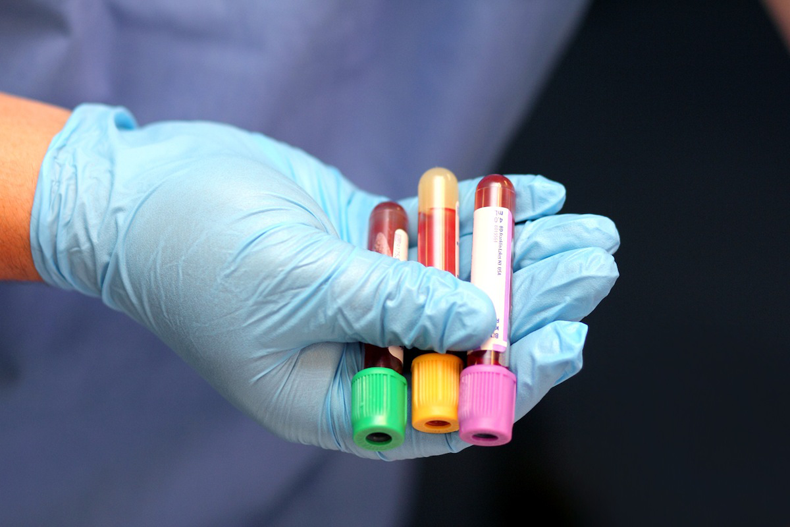**Title: The Ultimate Guide to Phlebotomy: Everything You Need to Know**
**Introduction:**
Phlebotomy is the process of drawing blood from patients for various medical purposes, such as testing, transfusions, or donations. It is a crucial step in healthcare that requires skill, precision, and compassion. Whether you are considering a career in phlebotomy or simply want to learn more about the field, this comprehensive guide will provide you with everything you need to know.
**What is Phlebotomy?**
Phlebotomy is the practice of drawing blood from patients for medical testing or donation purposes. A phlebotomist is a trained healthcare professional responsible for collecting blood samples accurately and safely. These samples are then used for diagnosing illnesses, monitoring health conditions, and providing essential information for medical treatment.
**Phlebotomy Training and Certification:**
To become a phlebotomist, you must undergo specialized training to learn the proper techniques for drawing blood, handling samples, and ensuring patient safety. Many community colleges, vocational schools, and healthcare facilities offer phlebotomy training programs that typically last a few months. After completing your training, you can become certified through organizations such as the National Healthcareer Association or the American Society for Clinical Pathology.
**Key Skills and Qualities of a Phlebotomist:**
– Attention to detail: Phlebotomists must accurately label and handle blood samples to prevent errors.
– Compassion: Dealing with patients who may be nervous or anxious about having their blood drawn requires empathy and understanding.
– Technical proficiency: Phlebotomists must be skilled in using needles, tubes, and other equipment to draw blood safely and efficiently.
– Communication skills: Clear communication with patients is essential to help them feel at ease during the procedure.
– Problem-solving abilities: Phlebotomists must be able to quickly address any issues or complications that may arise during the blood draw.
**Benefits of Choosing a Career in Phlebotomy:**
– Job stability: The demand for phlebotomists is expected to grow as the healthcare industry continues to expand.
– Flexibility: Phlebotomists can work in a variety of settings, such as hospitals, clinics, and laboratories.
– Fulfilling work: Knowing that you are helping patients receive the care they need can be highly rewarding.
**Practical Tips for Success in Phlebotomy:**
– Practice proper hand hygiene before and after each blood draw.
– Use a tourniquet to help locate veins for easier blood collection.
– Communicate clearly with patients to alleviate their fears and concerns.
– Stay up-to-date on the latest phlebotomy techniques and best practices through continuing education.
**Case Study:**
Sarah is a certified phlebotomist who works at a busy hospital. During a routine blood draw, she encountered a patient who was extremely anxious about needles. Sarah took the time to talk to the patient, explain the procedure in detail, and provide reassurance. Thanks to Sarah’s compassion and professionalism, the patient was able to undergo the blood draw without any problems.
**First-Hand Experience:**
“I have been working as a phlebotomist for five years, and I love my job. Being able to help patients and provide valuable information for their medical care is incredibly fulfilling. I have learned so much about healthcare and patient interaction through my work as a phlebotomist, and I wouldn’t trade it for anything.”
**Conclusion:**
Phlebotomy is a vital aspect of healthcare that requires skill, compassion, and dedication. Whether you are considering a career in phlebotomy or simply want to learn more about the field, this ultimate guide has provided you with valuable information to get started. Remember, phlebotomy is not just about drawing blood; it’s about making a difference in patients’ lives every day.
